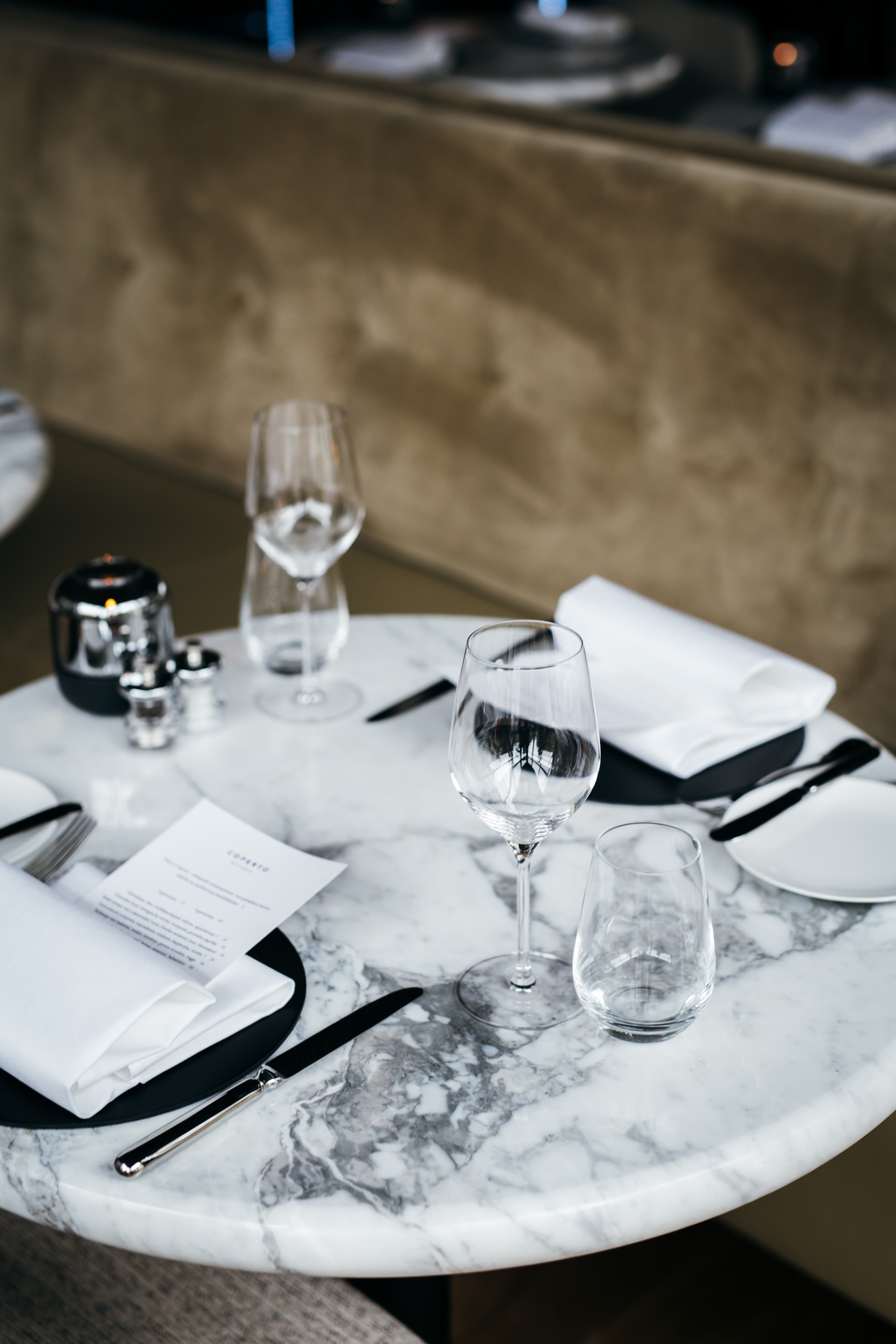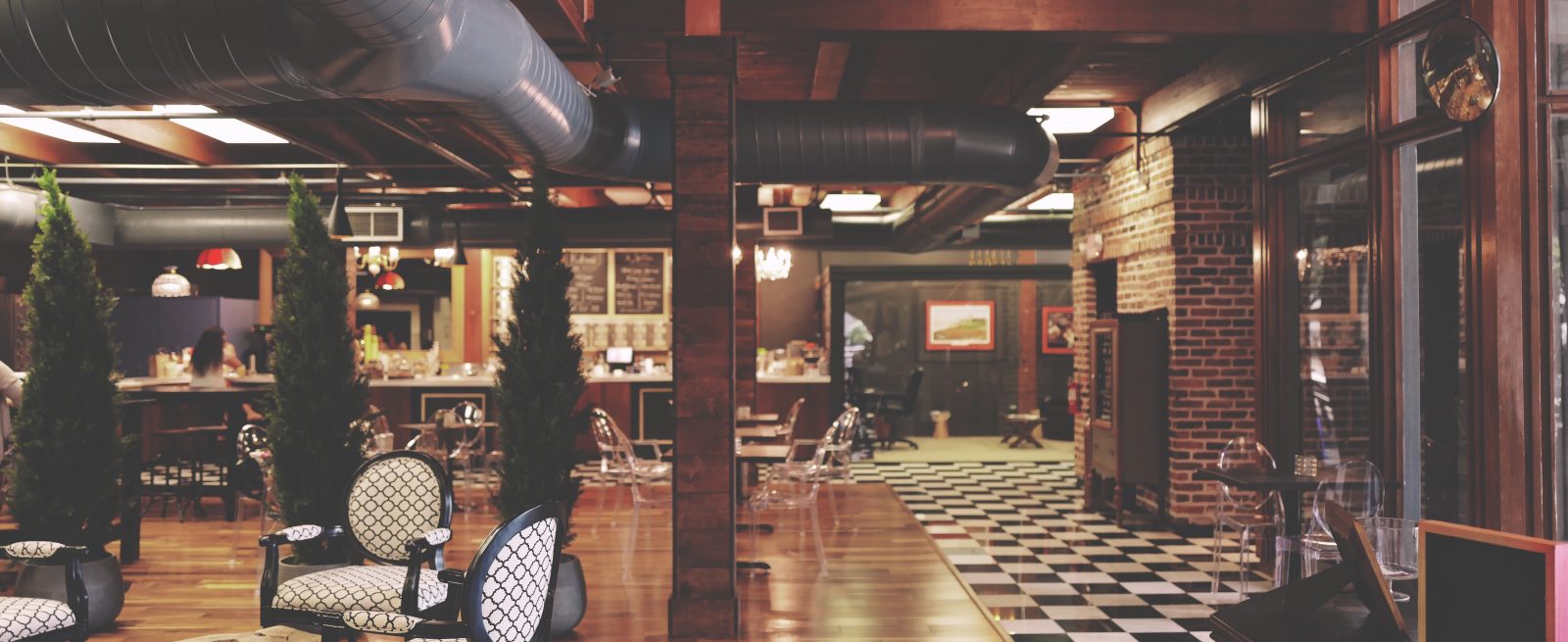Kitchen Makeover: The Changing F&B Landscape in the Hotel Sphere
4 Min Read By Tim Freeman
It is no secret that hotel dining has not been considered a highlight of guest experiences for quite some time—not just in terms of the food, but also with regards to design and function. The traditional model has increasingly left properties falling behind in a competitive, evolving market leading to a loss in guest appeal, retention—and most importantly, revenue. As demographics and the way guests live, work, and play has changed, many properties have found themselves struggling to adapt to new ways of providing the F&B experience. And, depending on their market sector, the solutions are not always the same even though evolution has proven itself mandatory.
Design is equally important to the cuisine in order to create a unique experiential environment for the guest.
Millennials have received much of the attention lately, and it would be fair to say that the bulk of hotel guests have different expectations than those of just thirty years ago. Generally speaking, a cultural shift has occurred in which people have come to value experience over familiarity and to seek authenticity over artificiality. The sheer variety of options available in today’s globalized economy has made competition even more fierce, and industries that cannot adapt and redirect their approach have fallen to the tail-end of the race.
When presented with the options of the “traditional” hotel dining experience or a myriad of alternate local options, hotels must find a way to attract and retain their guests by providing them an equally inspiring authentic experience without ever leaving the front door. For instance, artisanal cuisine has become the expectation rather than the exception, requiring sourcing of regional, fresher ingredients prepared as part of new strategically curated menu approaches.

Design is equally important to the cuisine in order to create a unique experiential environment for the guest. Although stylistically and aesthetically design will be guided by the locale, demographics of the clientele, and brand aspirations, some strategies can be implemented successfully virtually anywhere.
Whether by carving out existing space or by expanding retail areas, hotels are seeking to provide quick, prepared meals in a more café-type setting.
One of the simplest and often most achievable strategies is integration of the F&B experience into the lobby itself. Flexible seating areas that can transform from dining, working, meeting, and play spaces throughout the day are much more appealing to today’s multitasking traveler. Bringing these services front and center also creates an energy in the lobby space which entices the guest to stay. There’s a very good reason why traditional restaurants seat window tables first, creating that sense of activity and desirability. Something as simple as removing a wall between restaurant and lobby space has been seen to dramatically increase revenue thanks to the increased visibility and connectivity. Financially speaking this approach can often make great sense when dealing with a poorly performing, separate restaurant. When viewed in terms of revenue per square foot, providing an F&B lobby solution (transforming a former net-zero revenue amenity) and repurposing the restaurant (a space that previously generated revenue for likely only a few hours a day) just makes sense.
Another cultural factor to consider when determining design strategies is the high-paced nature of today’s work and play world. Guests are frequently engaged in a variety of tasks and on the go with little time to stop for a sit-down meal. Yet they are looking for a healthier and better food option than what most traditional hotel retail has been able to provide. As a result, many properties have looked to capture this revenue stream by implementing expanded “grab-and-go” options.
Whether by carving out existing space or by expanding retail areas, hotels are seeking to provide quick, prepared meals in a more café-type setting. The result? An increase in guest satisfaction, the capture of additional revenue streams, and the reduction of “net zero revenue” square footage.
Of course, design strategies should never be considered a one-size-fits-all solution. While the “F&B Lobby” may be the perfect approach for many property locations, often times a self-contained “destination” restaurant may be more appropriate. The latter scenario is especially true in more urban core environments with great street front exposure and the potential of capturing passing foot traffic from outside the hotel. In these areas competition is denser and guests may be more tempted to seek out close-by competitors mere feet away. In this example, while care should be taken to provide connectivity and visibility to the lobby, it is equally important to create a unique identity for this destination dining venue. Outside diners should be pulled in by the authentic quality of the restaurant itself and avoid the often misplaced stigma against hotel dining. The space may still need to maintain a greater level of flexibility than a typical independent restaurant due to the diversity of guest types and depending on functional needs as it transforms from breakfast to evening service, but it should maintain its own identity to appeal to the passerby.
Many owners and brands have even leased these spaces to be managed by third-party restaurateurs, often providing room service for the property. As an outcome, the hotel staff can focus on guest’s other needs while the restaurateur focuses on the F&B amenity—each member of the team, is thus, doing what they do best.
Designing for hotel food and beverage is a complex and ever-changing puzzle. As cultural norms shift, successful owners and brands follow course. Fiercer competition, changing patterns in work and play, increased reliance on technology which allows us to work anywhere, and a new drive for experiential encounters have all impacted how we design these spaces. As we continue to evolve, so will powerful design strategies to meet the needs of today’s and tomorrow’s hotel guest.


